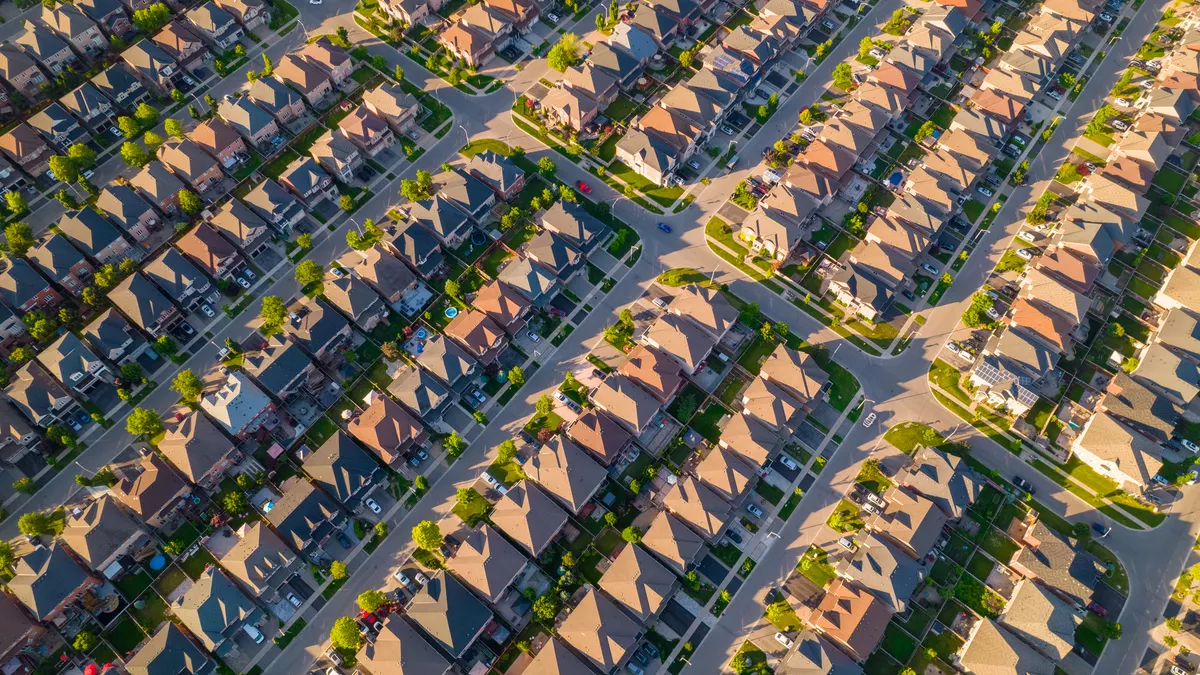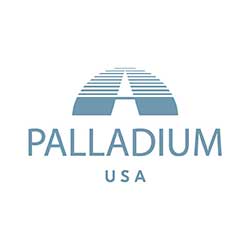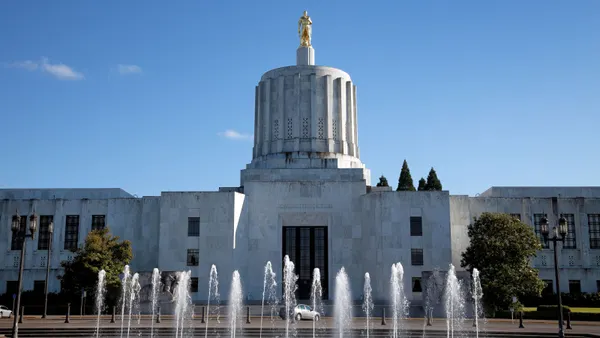HUD has announced a proposal to limit all of its Upfront Capitalized and Annual Mortgage Insurance Premiums for multifamily properties to 25 basis points — effectively ending the Green Mortgage Insurance Premium Reduction.
The Green MIP Reduction — referred to in HUD’s press release as a “green housing mandate” — was established in 2016 at the end of the Obama administration. Through it, the agency offered a significant reduction in mortgage insurance premiums for multifamily buildings, new and existing alike, if:
- The building earns a green energy certification.
- The building benchmarks its energy usage using the EPA’s Portfolio Manager, and maintains an Energy Star score of no less than 75.
- The building installs Energy Star appliances and HVAC systems, as well as WaterSense fixtures.
HUD’s proposal would apply the reductions given under the Green MIP program to all multifamily mortgages, regardless of their green certification status. Any existing loans closed under a Green MIP rate would no longer be required to provide evidence of green certification or report energy performance on an annual basis. The agency is soliciting public comment on the proposal for 30 days following the announcement, until July 28.
“By leveling MIPs and cutting cost-inflating regulations, we’re unlocking competitive financing and driving down costs across the board to spur development,” HUD Secretary Scott Turner said in the release. “For too long, access to housing has been tied to obsolete, ideological mandates.”
Reduction impact
Earlier this year, the National Association of Home Builders’ Home Innovation Research Labs called the Green MIP Reduction “without question, the single most impactful catalyst for green, high-performance multifamily buildings." The program helped to increase the number of new buildings seeking certification, as well as existing buildings undergoing retrofits to earn the MIP reduction, according to the NAHB.
Casius Pealer, director of market development at the Institute for Market Transformation, told Multifamily Dive that the Green MIP Reduction was never a mandate, but an option — one that was both popular and financially successful.
“Demonstrated operating cost savings consistently paid back higher initial investments, saving money for low-income residents and owners and reducing defaults — thus also saving HUD money,” Pealer said.
If, however, owners were able to get the same mortgage incentive without making any changes to their operations, many would simply not do so, according to Pealer. “[Many owners] would surely utilize cheaper, less efficient materials and equipment, pocket the extra cash, and leave families with higher energy costs for decades to come,” he said.











